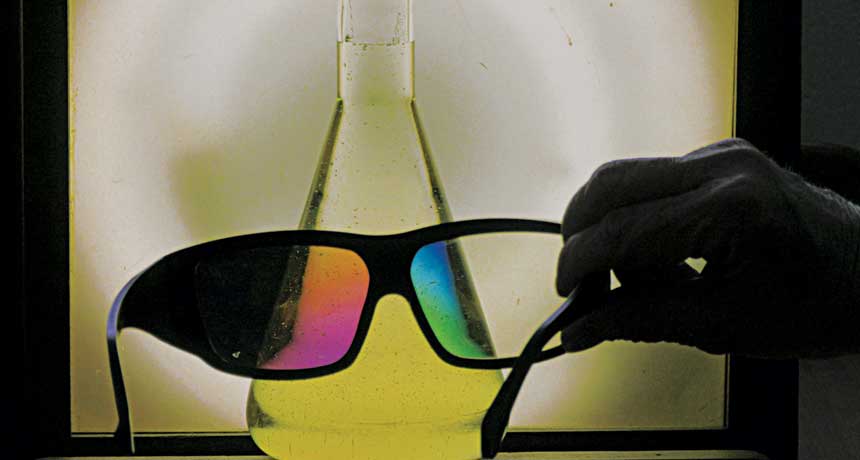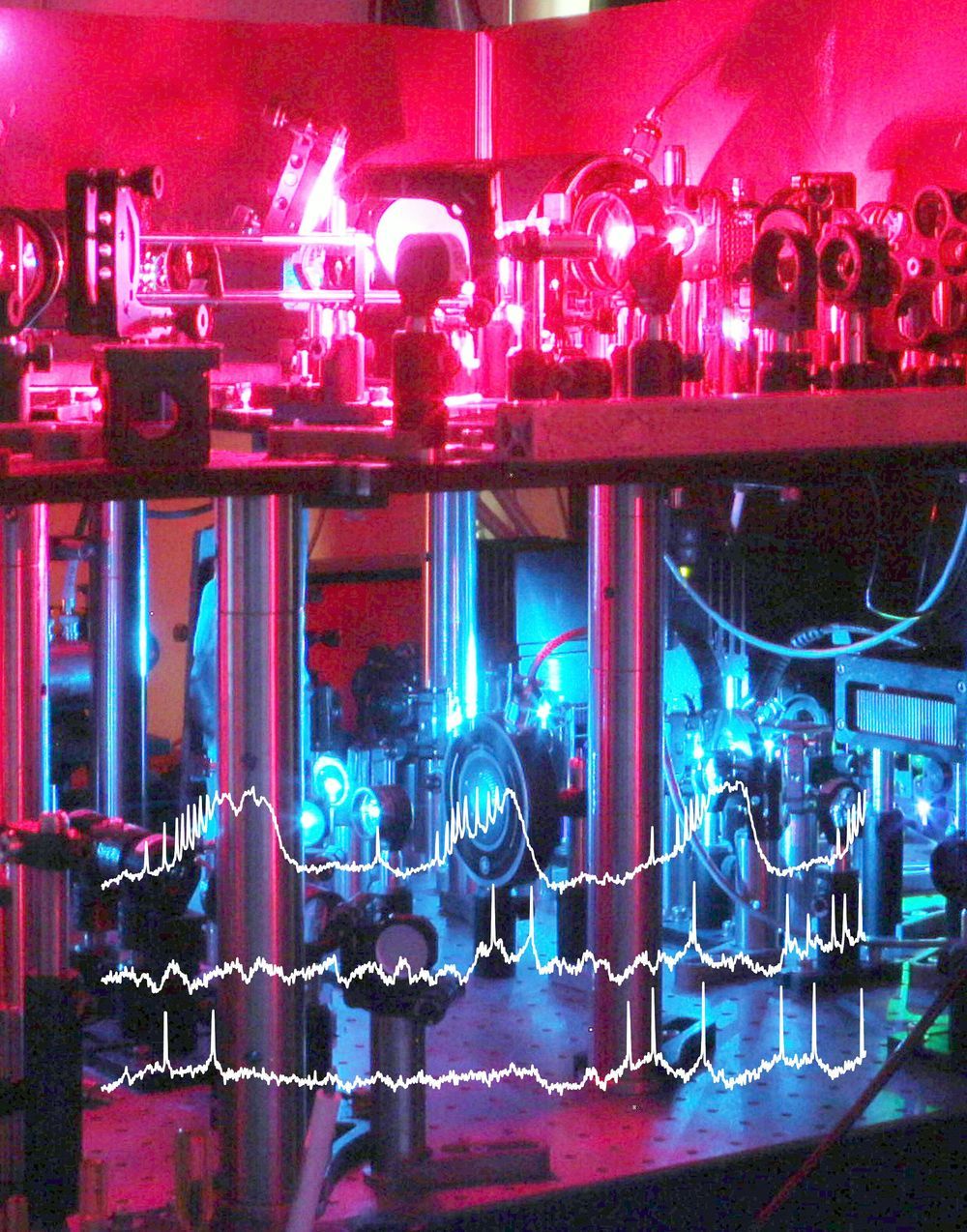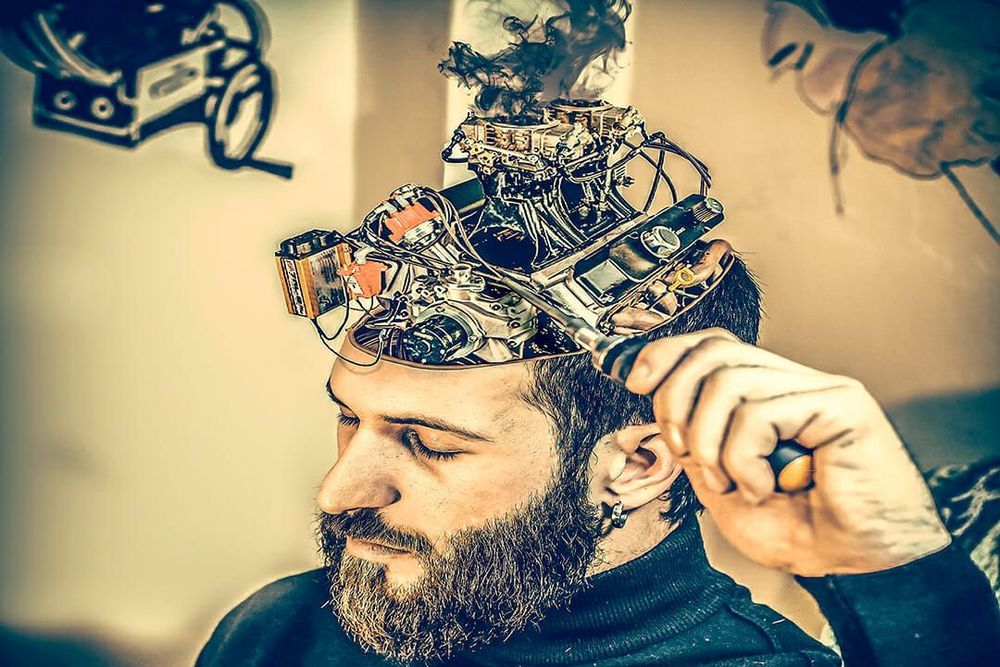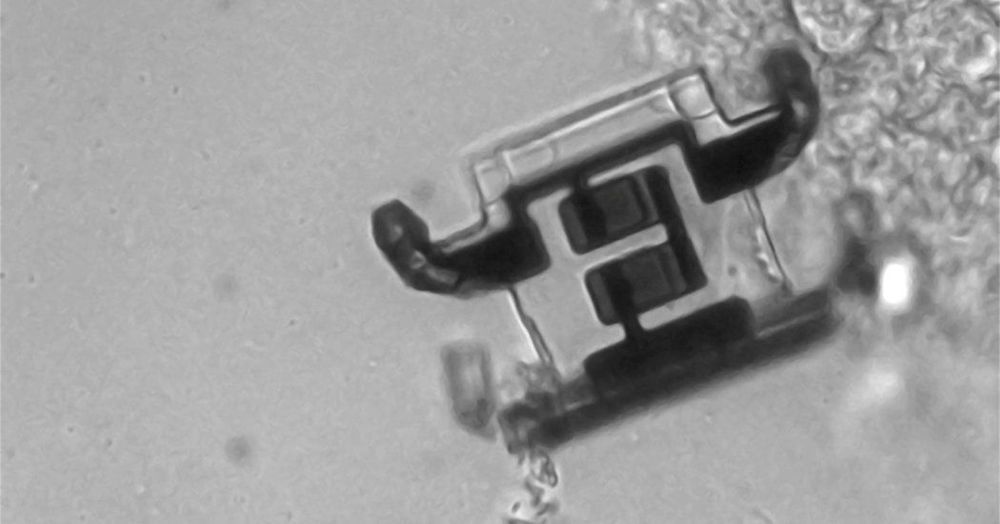Quantum physicist Paul Kwiat reveals what it takes do well in LabEscape, his science-themed escape room.



Dubbed by one scientist as, “probably the most important paper to be published in the field of dementia in the last five years,” a team of researchers has described a newly defined neurodegenerative disease that closely mimics the symptoms of Alzheimer’s, but which has an entirely different pathological cause.

Two regions of our brain are central for storing memories: the hippocampus and the neocortex. While the hippocampus is primarily responsible for learning new information and its short-term storage, the neocortex is able to store large amounts of information for a long time. Lea Himmer, Dr. Monika Schönauer and Professor Steffen Gais of the Institute of Medical Psychology at the University of Tübingen and their team investigated how these brain areas interact during the consolidation of new memories and which role sleep plays in that process. The team of researchers used functional neuroimaging to show that repeated rehearsal can lead to the establishment of memory traces in the neocortex within a short timeframe. However, these traces are only sufficiently stable if a sleep phase follows learning – otherwise the brain continuously needs to call on the hippocampus to help with long-term storage of new memories. The new study is published in Science Advances.
In this new study, the researchers had their participants study a list of words, which was repeated seven times. While they conducted this task, their brain activity was recorded by an MRI scanner. Twelve hours later, the participants repeated the task with the learned words and a new word list. Half of the subjects had slept in the meantime, while the other half had remained awake. Repeated practice led to increased involvement of the posterior parietal cortex, a region of the neocortex, within an hour. At the same time, the hippocampus became less and less engaged in the process.
Scientists have discovered a new method for quickly and efficiently mapping the vast network of connections among neurons in the brain.
Researchers combined infrared laser stimulation techniques with functional magnetic resonance imaging in animals to generate mapping of connections throughout the brain. The technique was described in a study published in the journal Science Advances.
“This is a revolution in detecting connections in the brain,” said senior author Anna Wang Roe, Ph.D., a professor in the Division of Neuroscience at OHSU’s Oregon National Primate Research Center. “The ability to easily map connections in the living brain with high precision opens doors for other applications in medicine and engineering.”

Red and blue lights flash. A machine whirs like a distant swarm of bees. In a cubicle-sized room, Yoav Adam, a microscope, and a video projector capture something no one has ever seen before: neurons flashing in real time, in a walking, living creature.
For decades scientists have been searching for a way to watch a live broadcast of the brain. Neurons send and receive massive amounts of information—Toe itches! Fire hot! Garbage smells!—with impressive speed. Electrical signals can travel from cell to cell at up to 270 miles per hour.
But, neural electricity is just as hard to see as electricity in a telephone wire: To the unassisted eye, the busy brain looks as lifeless as rubber. So, to observe how neurons turn information (toe itches) into thoughts (“itching powder”), behaviors (scratching), and emotions (anger), we need to change the way we see.

The pioneering work of Benjamin Libet showed that our brain begins preparing for movement even before we consciously decide to move. One wonders if someone were to monitor my brain, would they know, even before I do, what action I’m going to take?
It seems an unlikely place to find a discussion on free will, but neuroscientists often grapple with the question of who is making your life choices: Your brain or your consciousness? More importantly, what’s the difference?
A classic experiment from the 1970s and early 1980s that is referenced frequently in these discussions is the work of Benjamin Libet, which showed that the brain begins preparing for movement even before we consciously decide to move. In Libet’s experiment, people were asked to move a finger whenever they were ready. When they had the urge to move, all they had to do was check where the second hand was on the clock. Meanwhile, Libet measured the activity in his subjects’ brains and found that while the conscious decision to move the hand happened on average 200 milliseconds before the person moved their hand, the brain had already begun preparing for this movement a whole second in advance.
The experiment contradicted everything we had believed so far about decision-making. Until then, scientists thought that a person makes a conscious decision to act, and then the brain sends signals to the body that enables us to take that action. But this sequence of events was now under question. Do we really make our decisions, or are they made for us? And, if so, are we still responsible for them? Additionally, if someone were to monitor my brain, could he or she know, even before I do, what action I’m going to take?


Researchers have tested nicotinamide mononucleotide on aged mice to see if it can help reverse age-related cognitive decline by improving blood flow in the brain.
The brain is a hungry organ
Healthy brain function relies on efficient cerebral blood flow (CBF) to wash away harmful waste products for disposal and supply the brain with an adequate supply of oxygen and sufficient nutrients.

For people with insomnia, sleep does not reduce the shame of an embarrassing experience. For them, the distress does not fade; in fact, it can get worse with recall.
Brain activity differences may help explain why distress from bad memories grows stronger in people with insomnia but fades in those without insomnia.
The researchers conducted in-depth analyses of how touch signals are transferred and processed in neurons of various parts of the brain and the latest studies have been published in Cell Reports and Frontiers in Cellular Neuroscience. The experiments were conducted on anaesthetised rats.
“We immediately realised that our findings deviated strongly from the accepted view that different parts of the brain are responsible for different specific functions,” says Henrik Jörntell, one of the researchers behind the study.